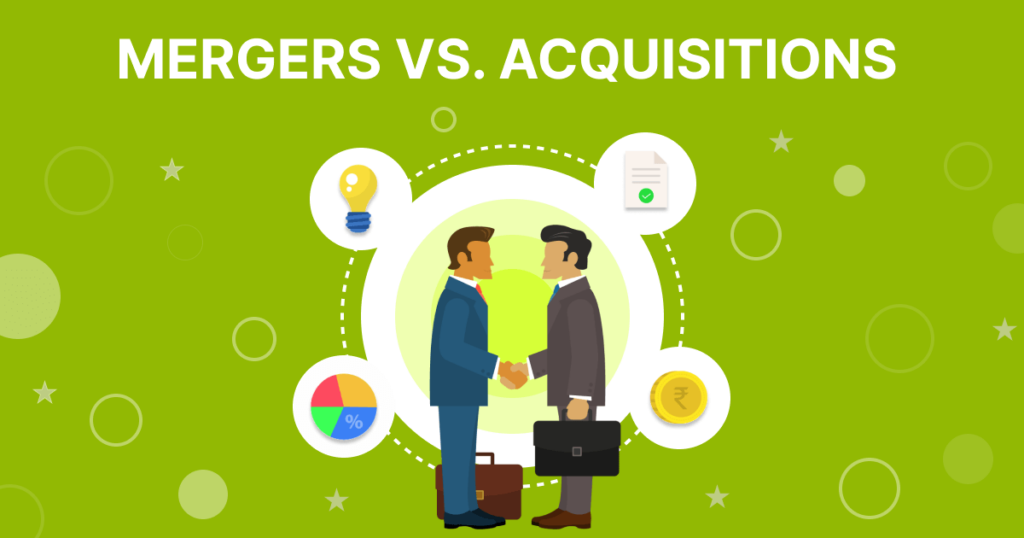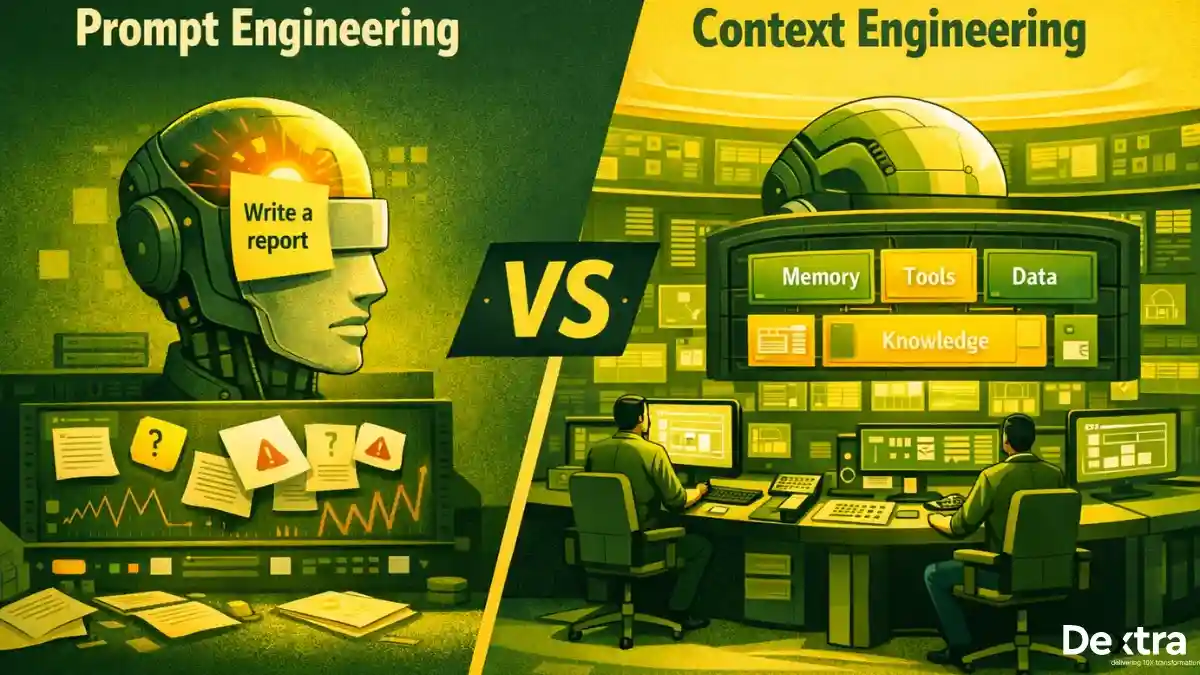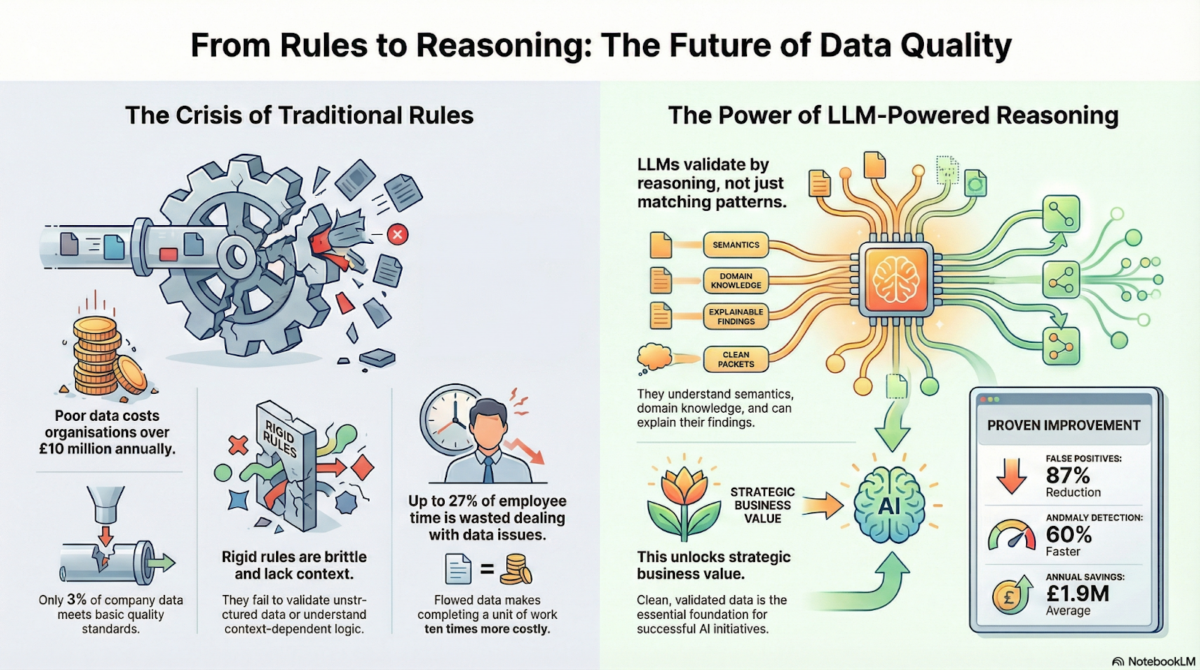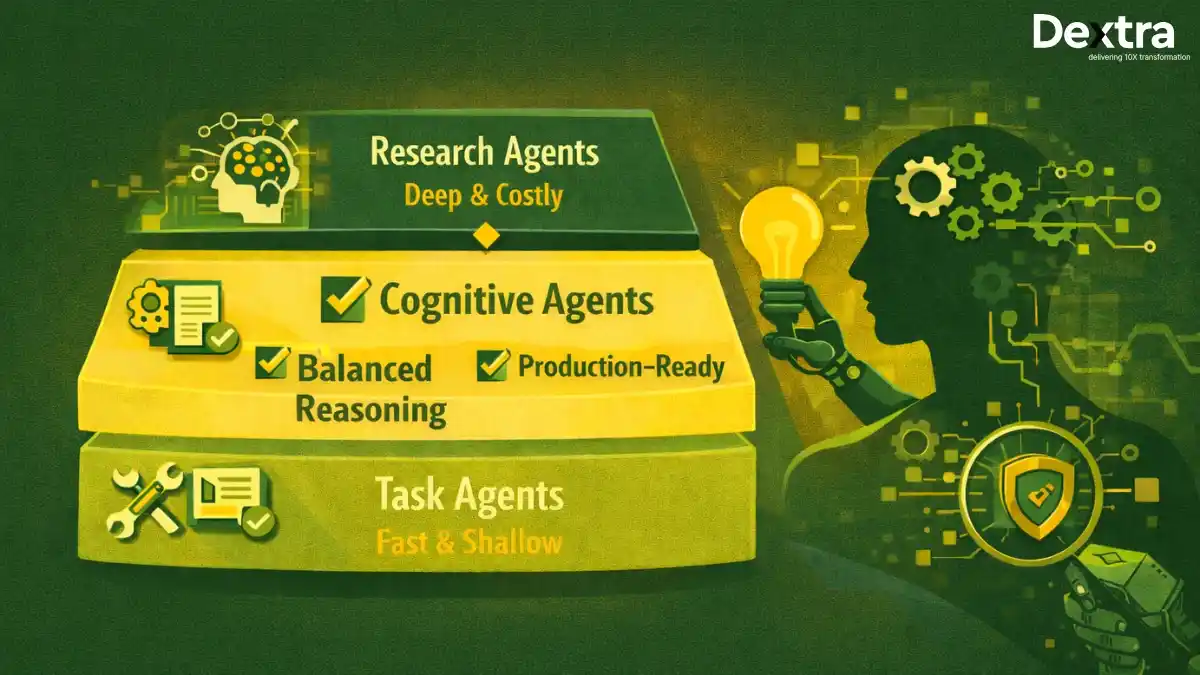We all have heard about mergers and acquisitions happening in some of the biggest companies in the world. At some point, due to positive or negative reasons, growing companies have to consider the option of merger or acquisition.
If you are new to this business world and have no idea about what makes mergers different from acquisitions, read this blog. Here we will get into the real difference between merger versus acquisition!
Mergers
Merger is a strategic combination of two companies with similar size and scope in which they agree to become a single new entity. Organizations decide to merge for several reasons like to create synergies, reduce operational costs, expand into new markets, or increase profitability.
Mergers usually happen in a friendly and consensual manner that requires equal cooperation from both parties. Their main goal behind this alliance is to gain each other’s financial and operational capabilities to get more value than what could be achieved individually.
Important Characteristics of Mergers
- Creation of a New Entity: In a merger, the participating companies lose their individual legal identities and form a completely new organization with a new ownership and management structure.
- Mutual Agreement: Mergers are generally voluntary and require the approval of both companies’ boards and shareholders after proper negotiations.
- Stock Exchange: Instead of cash transactions, shareholders of the merging companies receive shares in the new entity for the combined financial value.
- Equal Partnership: Mergers occur in companies that are approximately the same size.
- Operational Integration: Post-merger integration involves merging the operational processes, corporate cultures, and systems of the two companies.
Types of Mergers
Mergers can be categorized into several types based on the nature of their agreement:
Horizontal Merger
In this merger agreement, two companies that are from the same industry and compete directly decide to merge together. This helps them to reap the benefits of a combined market share and achieve economies of scale with their shared value.
Vertical Merger
In this type, two companies operating at different stages of the same industry’s supply chain combine to form a single entity. In this scenario, the new entity can streamline operations and increase profit margins by merging with a supplier or distributor.
Conglomerate Merger
A conglomerate merger is a combination of two completely different industries or sectors. The primary aim of this merger is diversification so they can spread their risks across different markets and product lines.
Conglomerate mergers do not involve companies that are direct competitors or part of the same supply chain. Instead, they benefit from different revenue streams and reduce the impact of market fluctuations in any industry.
Market Extension Merger
It occurs when two companies that sell similar products or services but operate in different markets. The primary goal of this type of merger is to expand the geographic reach and customer base of the new company. In this merger, companies can use each other’s market presence, access new customers, and increase their market share.
Product Extension Merger
In this merger, companies that sell different but related products in the same market combine. The objective is to broaden the product portfolio and cater to a wider customer base, which helps them create diverse revenue streams.
Acquisitions
An acquisition is a corporate action where one company purchases most or all of another company’s shares or assets to gain control over it. In acquisitions, the acquired company is absorbed into the acquiring company, and it may cease to exist as an independent entity. Acquisitions can be both friendly or hostile and require a substantial transfer of cash, stock, or other assets.
Important Characteristics of Acquisitions
- Transfer of Ownership: The acquiring company takes over the ownership and management of the acquired company.
- No New Entity: Acquisitions do not create a new entity. The acquired company is either absorbed and integrated into the acquiring company or continues to operate as a subsidiary.
- Control and Integration: The acquiring company gains complete control over the acquired company’s operations, resources, and strategic decisions.
- Strategic Motives: Acquisitions are driven by various strategic motives, such as gaining market share, accessing new technologies, expanding product lines, or diminishing competition.
Types of Acquisitions
Here are some major types of acquisitions:
Horizontal Acquisition
Involves acquiring a company that operates in the same industry and is a direct competitor. The primary goal is to get a bigger market share by taking over your competitor’s resources and potential.
Tuck-In Acquisition
In this acquisition, a smaller company is integrated into the acquiring company’s existing operations. The smaller company usually loses its identity and is fully absorbed.
Bolt-On Acquisition
Similar to tuck-in acquisitions but typically involves adding a complementary business to the acquiring company’s existing operations. In this acquisition, the acquired company gets to retain some level of operational independence.
Reverse Acquisition
A reverse acquisition occurs when a private company acquires a public company to skip the lengthy process of going public. The private company essentially becomes public through this transaction.
Hostile Takeover
This type of acquisition is one in which the target company does not agree to be acquired. The acquiring company attempts to gain control against the wishes of the target company’s management, usually by purchasing a majority stake in the open market.
What Makes Mergers and Acquisitions Different?
Now, let’s address the real differences between mergers and acquisitions:
Structural Difference
A merger happens when two companies combine to make a new entity by mutual agreement. In this process, the companies are also of equal size and might have similar motivations for making the decision to merge. As a result, the original companies cease to exist independently. Mergers are generally seen as friendly and cooperative ventures, where the companies work together to integrate their operations, cultures, and systems.
Acquisitions, on the other hand, are simply about one company taking over another without forming a new entity. The acquiring company purchases the target company’s assets or a majority of its shares, gaining control over its operations and management decisions. Acquisitions can be friendly if the target company agrees to the terms. But it can also be hostile when the acquisition is pursued against the wishes of the target company’s management.
Legal Difference
The legal and regulatory requirements for mergers and acquisitions also differ significantly. Mergers require approval from shareholders of both companies and must comply with various regulatory approvals.
However, in acquisitions approval from the acquiring company and the target company’s shareholders is required if the deal involves a change of control. Regulatory approvals are still necessary, especially if the acquisition involves significant market share or potential antitrust concerns that result in a monopoly.
Cultural Difference
Culturally, mergers and acquisitions present different challenges and opportunities. Mergers require the two corporate cultures to blend in, which can be challenging but also presents an opportunity to create a stronger, unified culture.
However, acquisitions usually integrate the target company’s culture into the acquiring company’s existing framework. This has a higher chance in leading to conflicts but also allows the acquiring company to add its culture and operational practices.
Financial Difference
Mergers occur with stock exchanges rather than large cash transactions to dilute control but maintain liquidity. Acquisitions, on the other hand, require significant cash outlays or stock purchases. This impacts the acquiring company’s financial structure and potentially increases its debt burden.
Famous Examples of Mergers
To give you more context about how mergers happen, here are 2 famous examples:
Exxon and Mobil
The merger of Exxon and Mobil in 1999 was one of the most significant and high-profile mergers in the oil industry. This merger combined two of the largest and most influential oil companies in the United States which created a behemoth with uncomparable global reach and resources.
This merger occurred due to the need for efficiency, reduced costs, and better competitive positioning in an increasingly globalized market. The process began with mutual recognition of the benefits that could be achieved by combining forces.
The FTC’s primary concern regarding this merger was the potential for reduced competition and higher consumer prices. To address these concerns, Exxon and Mobil agreed to divest certain assets like gas stations and refineries so that competition remained strong in the industry.
The merger was structured as a stock-for-stock transaction, where Exxon shareholders received a fixed number of shares in the new entity in exchange for their existing shares. Similarly, Mobil shareholders received shares in the new company.
Disney and Pixar
The merger between Disney and Pixar in 2006 is a remarkable case in the entertainment industry. Before the merger, Disney and Pixar had a long-standing partnership. Pixar provided the creative genius behind many of Disney’s most successful animated films, such as “Toy Story,” “Finding Nemo,” and “The Incredibles.” Despite this successful partnership, tensions existed over profit-sharing and creative control which required a decision to be made for a more integrated relationship.
Disney, under the leadership of CEO Bob Iger, recognized the value of Pixar’s innovative animation technology and creative talent. For Pixar, joining forces with Disney offered stability and access to Disney’s extensive marketing and distribution networks.
The merger was structured as an all-stock deal, valued at approximately $7.4 billion. Pixar shareholders received Disney shares which made them a part of the Disney family. Steve Jobs, the CEO of Pixar, became Disney’s largest individual shareholder and joined Disney’s board of directors.
This approach helped to preserve Pixar’s unique creative environment while infusing new energy and innovation into Disney’s animation projects. The success of the merger was evident in their later films, such as “Ratatouille,” “WALL-E,” and “Up,” which continued to receive critical acclaim and box office success.
Famous Examples of Acquisitions
Now let’s see how the historic events of acquisitions have been like:
Google and Android
The acquisition of Android by Google in 2005 is a prime example of a strategic acquisition that transformed an industry. At the time, Android was a small startup with a mobile operating system with significant potential. But it lacked the resources to compete against established giants like Microsoft and Apple. Google, on the other hand, was primarily known for its search engine but was looking to expand its footprint into the growing mobile market.
Google executives saw Android’s platform as a perfect fit due to its open-source nature, which aligned with Google’s philosophy of openness and innovation. Negotiations were pretty simple as both parties shared a vision for the future of mobile computing.
The acquisition was finalized for an estimated $50 million. Unlike typical acquisitions, which cause significant restructuring, Google opted to maintain Android’s independence to preserve its innovative culture. The team at Android, led by Andy Rubin, continued to develop their operating system with the added support and resources from Google. This strategy allowed Google to introduce its own mobile OS, which quickly gained traction due to its flexibility and the support of several device manufacturers.
AT&T and Time Warner
In 2018, Time Warner was acquired by AT&T, and it became one of the largest and most contentious mergers in recent history. This strategic acquisition happened as AT&T desired to grow itself from a traditional telecommunications company into a media conglomerate. With their huge media assets which involved HBO, Warner Bros., and CNN, Time Warner provided the perfect opportunity for AT&T to diversify its offerings.
The process began with several negotiations between the two companies, culminating in an agreement valued at approximately $85 billion. AT&T’s strategy was to use Time Warner’s premium content to increase its own distribution channels. So, they created a vertically integrated company that could deliver content directly to consumers.
However, the merger faced significant regulatory scrutiny. The U.S. Department of Justice (DOJ) filed a lawsuit to block the merger on antitrust grounds. Their argument was that the combined entity could potentially stifle competition and lead to higher prices for consumers. After a protracted court battle, a federal judge ruled in favor of AT&T, allowing the merger to proceed without any conditions.
However, after this acquisition, AT&T faced the challenge of integrating Time Warner’s operations and cultures with its own. Despite these challenges, the merger provided AT&T with valuable content assets and enhanced its ability to offer bundled services.
Pros of Mergers
- By combining resources, companies can enter new markets and achieve faster growth.
- Mergers can create stronger entities better equipped to compete in the global marketplace.
- Through operational synergies, companies can reduce costs and improve efficiencies.
- Mergers can bring together complementary strengths which facilitate the development of new products and services.
Cons of Mergers
- Combining systems and processes can be complex and disrupt operations.
- Mergers can be expensive due to legal fees, advisory costs, and integration expenses.
- Approval from regulatory bodies can be lengthy and uncertain.
- Shareholders can experience reduced ownership and control in the new entity.
- Companies may lose their brand identity, affecting customer loyalty and market perception.
Pros of Acquisitions
- Broader product lines and services to mitigate risks in a competitive industry.
- Potential cost savings and revenue increments by leveraging competitor’s resources.
- Faster entry into new markets compared to organic growth by dissolving competition.
- Gaining skilled employees and management from the acquired company.
Cons of Acquisitions
- Potential conflicts and disruptions due to different corporate cultures.
- Significant financial outlay for the purchase and integration.
- Lengthy and uncertain approval processes from regulatory bodies.
- Increased debt from financing the acquisition.
- Loss of customers due to changes in products or services post-acquisition.
Legal Process and Requirements of Mergers vs Acquisitions
| Aspect | Mergers | Acquisitions |
| Legal Entity Outcome | New legal entity is created and the original cease to exist | Acquired company is absorbed or operates as a subsidiary |
| Shareholder Approval | Requires approval from shareholders of both companies | Requires approval from shareholders of the acquiring company; sometimes target company as well |
| Contracts and Agreements | Merger agreement detailing terms, conditions, and structure of the new entity | Purchase agreement detailing terms, conditions, and transfer of ownership |
| Employee and Management Structure | Integration of management teams and employees from both companies | Acquiring company can restructure management and operations of the target company |
| Asset and Liability Handling | Combined assets and liabilities are transferred to the new entity | Assets and liabilities of the target company are transferred to the acquiring company |
| Tax Implications | Can be tax-neutral or result in tax benefits | Can involve tax liabilities or benefits depending on the structure of the deal |
Summary
Mergers and acquisitions are strategic corporate actions that aim to boost business growth and competitiveness, but they differ fundamentally in their structure and outcomes. While both M&As aim to create value and improve competitive positioning, mergers focus on collaboration and mutual benefit. On the other hand, acquisitions emphasize control and integration of the acquired company into the acquiring company’s framework.
FAQ’s
Q. How can you differentiate between a merger and an acquisition?
A merger requires two companies to form a new entity, with both original companies ceasing to exist independently. An acquisition occurs when one company takes over another, absorbing its operations and assets without creating a new entity.
Q. Are joint ventures different from mergers and acquisitions?
Yes, joint ventures are different. In a joint venture, two or more companies collaborate to create a new, separate entity while retaining their individual identities. Unlike mergers and acquisitions, joint ventures focus on sharing resources and expertise for a specific project or objective without complete integration.








